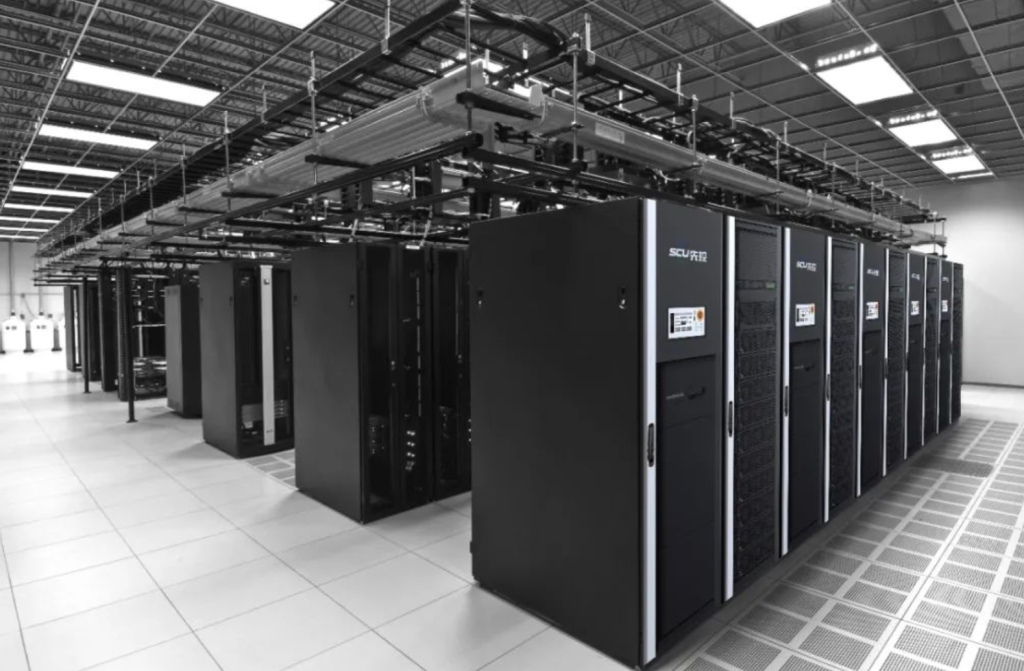With the increasing severity of the global energy crisis and the growing emphasis on environmental protection, energy storage technology has become one of the important means to solve the energy problem. And battery energy storage systems are one of the most common and practical energy storage technologies. In battery energy storage systems, batteries, PCS, BMS are the most basic components. Let’s take a look at these three basic concepts.
Energy Storage Batteries
The battery is the core part of the battery energy storage system. It is a device that converts chemical energy into electrical energy, consisting of positive electrode, negative electrode, electrolyte, and separator. There are many types of batteries, including lead-acid batteries, nickel-hydrogen batteries, lithium-ion batteries, etc. Among them, lithium-ion batteries are the most commonly used battery type in current battery energy storage systems due to their advantages of high energy density, long lifespan, and environmental friendliness.
Power Conversion System (PCS)
PCS is the core equipment in the battery energy storage system. It is a device that converts the electric energy stored in the battery into AC power supplied to the grid or users. PCS mainly consists of inverters, transformers, controllers, etc. Its main function is to convert DC power into AC power, control the input and output of electrical energy, and ensure the safety and stability of the system. The performance of PCS directly affects the operating efficiency and service life of the battery energy storage system.

Battery Management System (BMS)
BMS is the abbreviation of Battery Management System and is an important component of the battery energy storage system. BMS mainly consists of monitoring modules, control modules, communication modules, etc. Its main function is to monitor and control the state of the battery in real time, including voltage, current, temperature, and SOC, etc. At the same time, BMS can also protect and control the battery, such as overcharge, over-discharge, overcurrent, etc., to ensure the safety and lifespan of the battery.
In summary, batteries, PCS, BMS are the three major basic components of battery energy storage systems. Batteries, as the core part, are responsible for energy storage; PCS converts the electric energy stored in the battery into AC power; BMS monitors and protects the battery in real time to ensure the safety and lifespan of the battery. In the design and operation of battery energy storage systems, the coordinated cooperation of the three components is crucial to achieve efficient, stable, and safe operation of the battery energy storage system.
